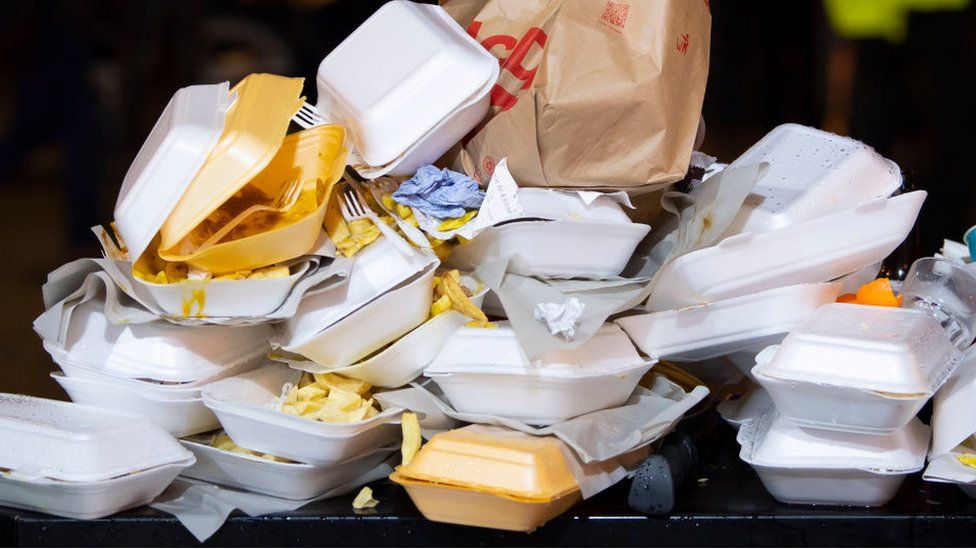
It is learnt that tons of thermocol waste strewn all across Goa’s lone wholesale market at Margao may find its way into the river Sal. Thermocol pollution is as bad as plastic pollution. Almost 95% of it reaches landfills and catches fire easily. It is understood that at least 5 million tons of thermocol are produced in India annually. We use thermocol across diverse industries. Manufacturers in the medicine and refrigeration industry rely heavily on it because of its high density. We use it for various purposes, such as packaging fragile items or providing insulation for roofs, walls, and the floors of buildings.Thermocol is non-biodegradable because it is photolysis resistant. Hence, it is burnt to reduce the waste but incinerating thermocol is more harmful than littering the environment. Thermocol reportedly takes 500 years to 1 million years to degrade and is a human carcinogen. Polystyrene foam is used to make thermocol. Polystyrene, like plastics, wreaks havoc on the drainage system, entering water bodies and being devoured by aquatic species, therefore entering our food chain. Polystyrene leaches into meals and beverages provided in such containers, contaminating them. It has been proved that persons staying in contact with thermocol for long term may develop the problems of eyes, respiratory system, skin, digestive system, etc. Both plastic and thermocol are non-biodegradable. Incidentally thermocol remains the most preferred raw material for school projects. It is mostly lack of expertise and awareness that lead teachers and parents to opt for thermocol in most cases, as they help their wards with school projects. Ninety per cent of projects are thermocol-based. A ban would be successful only when students switch to eco-friendly ways. A good substitute is cardboard. This can be encouraged by conducting training sessions. Thermocol is recyclable, however the cost of recycling is too high for non-producers to invest in the required machinery. The end point for most thermocol is inevitably the landfills or the sea, where fish consume it.